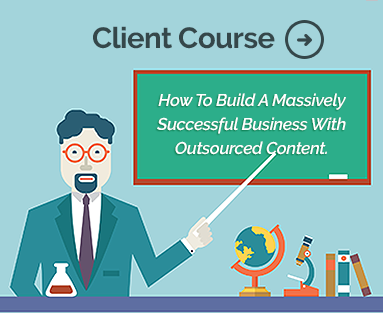2 million blog posts go up online daily. And you may be about to join their ranks.
Almost one-fourth of all websites are blogs, and with those statistics, it can make many people feel paralyzed when it comes to writing their first blog post.
Whether you’re writing a personal blog, a blog post for a website you work for, or something for your own business, your first blog post is the one that you’ll be making a splash with.
Read on for more information on how to create, edit, and publish your very first blog post.
Content Creation
Creating content can be one of the most difficult parts of blogging. While you may read other blogs and think, “I could do that,” when you actually sit down to write a blog post, it may seem much more daunting than you expected.
Content creation involves a few things, but there is no magic formula. As a content creator, you’ll want to create things that you enjoy and resonate with, especially if the blog is a personal one. You also want to consider what your audience resonates with.
Instead of starting your first blog post out cold, try and create several topics you’d like to write about in the next few weeks or months. Create a schedule, even if you don’t necessarily stick to it, and plan to write at least a few times each month, updating regularly.
With a plan, you’ll feel a bit less like you’re taking a shot in the dark.
Writing the Blog Post
Don’t write up a blog post and then hit send immediately. Instead, give it some time to digest before you put it up. You’ll want to make sure it’s not too long or too short, and you may want to trim out some of the unnecessary bits as you go.
Most blog posts are around 500 words, but they can be a bit longer or shorter. Over time, your readers will let you know through their engagement what they like, and which posts resonate the most with them.
Write the blog post to be a decent word count and then come back to it later. Edit out anything that seems unnecessary before you hit publish.
Choosing Topics
If you’re running a business, it may be easy to choose topics. You may want to focus on FAQs (frequently asked questions), have individuals write in and answering their questions or talk about aspects of the business you find fascinating.
Personal bloggers may have a little more of a difficult time, partially because they may only be writing for themselves. As such, they may not as easily have topics ready to go.
Look online for prompts to help you find blog posts to write. Tentatively plan them out to give your readers something to look forward to. You may even tease them about a new topic coming up that you want to introduce, enticing them to come back next week or the next time you post.
Be Prepared
Before you launch your blog, have a few blog posts in the pipeline ready to be posted. Most blogging platforms give you the ability to do this, so you won’t have to manually enter each blog post.
Depending on what you do during the week, try to have one day dedicated to blog content. This is the day you’ll write up your blog posts and format them. You can then enter them, preview them, and see what you think. Once you’re ready, upload them and set them to go live automatically.
This way, you won’t launch your blog post with one lonely post weeks later, especially if you haven’t gotten around to updating again.
Take It Seriously
If you want to have a successful blog, you need to take it seriously. This means devoting time out of your day to the blog. It also means ensuring that your content meets your professional standards and those of the individuals who will be reading your blog.
A blog that isn’t taken seriously isn’t one that’s going to be well-read. You won’t update often and it won’t really go anywhere magical if you don’t take the time you need to actually upload fresh and quality content.
Use Another Pair of Eyes
Before your first blog post goes up, have someone else read the post. Often times, it can be difficult to catch our own mistakes. Even with modern technology and software that supposedly catches them for us, we can still overlook things and end up publishing misspellings and other embarrassing oversights.
Having another person go over your work will ensure that it is polished and up to a professional standard. Another person can also help you decide what other topics might work on the blog and can give you even more insight into what customers or readers might want to see.
Hitting Publish on That First Blog Post
Your first blog post is your introduction to the world, and when you hit publish, you’re announcing that you’re there and ready to be seen. Think of it as your first impression, so you need to ensure that it is a good one.
If you don’t have time to create good quality blog posts, it might be time to look into outsourcing your content. For some people, this works very well. Read our blog post on when to decide that it is time to hire a third party to write your blog to get all of the info.




Comments are closed.